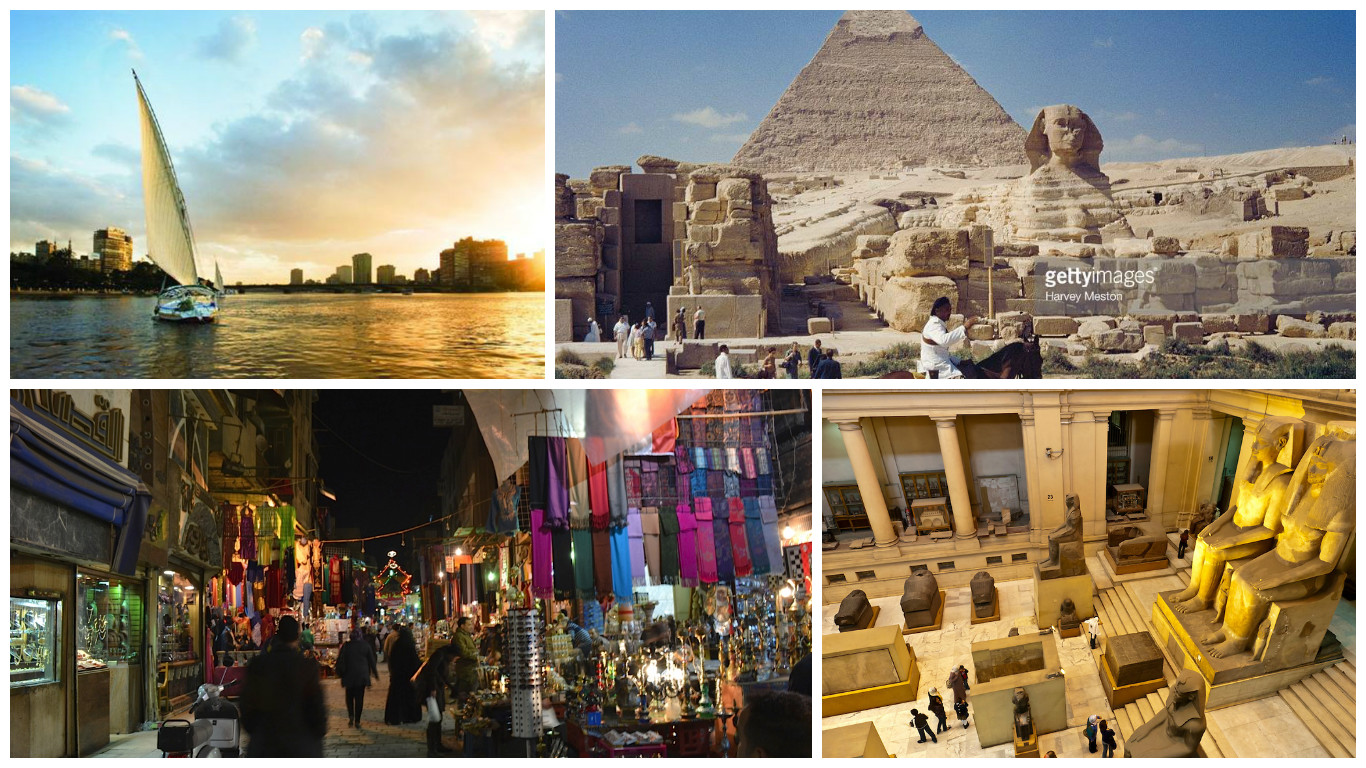I love traveling and everything that comes with it, from discovering new places and learning about new cultures to the special treatment you receive as a tourist. The experience is as important as the destination and countries who value their tourism industry make it a priority to make a tourist’s experience special. As an Egyptian, I have always encouraged my friends and colleagues to visit Egypt but I sometimes fret about their experience. My country has so much history and beauty to offer but unfortunately does not invest enough in ensuring a tourist’s journey – whether entering a museum or just walking down a beautiful street – is memorable. The guide I have developed below is not based on reality, but rather on a hopeful vision I have for what my beautiful hometown’s top attractions could offer if given the proper attention. While my description is only imagined, I do hope it will encourage those in charge to invest time and energy into transforming all attractions according to their full potential. The Great Pyramids of Giza Naturally, this has to be at the top of the list for any visitor…




